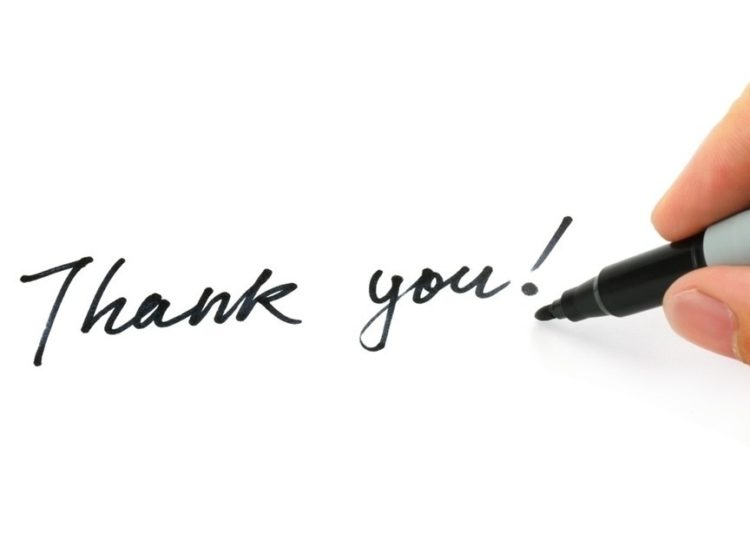When I was 6 years old, I was asked to quit writing with my left hand and try using my right like most people. It was an unmitigated disaster. My cursive writing was horrible and it never got better. Fast forward to 2018. Now, the debate rages over whether or not to teach cursive writing in school. Wow, we have come a long way.
In May 2017, Business Insider reported that 14 states have mandated cursive writing in public school systems again, and there have been attempts in the Indiana General Assembly to add our state to the list. Due to the Common Core curriculum standards adopted by most states, many public education systems gave up cursive writing instruction in the late 2000s.
Technology has done a lot of positive things. The keyboard has replaced the blue book in colleges and personal journals, though artsy types may turn to them to record their thoughts, most likely in cursive pen strokes. Modern technology consumes most full-time workers – Microsoft reported that full-time employees in the United States spend at least seven hours a day on the computer. Meeting notes are often jotted in cursive, though those who show up with a laptop often are faster with their notes, which are more detailed, more easily organized and more quickly distributed.
Putting pen to paper is far different from typing on a screen. The Economist reported research explaining how different parts of the brain are stimulated when writing on paper compared to typing on a keyboard. Writing on paper typically helps individuals retain information and process thoughts more clearly compared to typing on a keyboard.
Handwritten notes, documents and letters often convey a special meaning. I received a thank-you note from a client during the holidays. It came by snail mail, was handwritten (beautifully) and very thoughtful. Does an email have the same emotive impact? I doubt it.
While a lot of written content is of the digital variety, the actual written word offers up some interesting and insightful clues to a person’s personality. Remember all the handwriting samples from TV court dramas and NCIS episodes? Today, that is being replaced by the digital IP footprint. It may be that investigators really like the digital footprint as it’s easy to track (in many cases) and certainly takes the guesswork out of handwriting analysis. Wonder what all those handwriting expert witnesses are doing today? Did they transition to digital experts? I doubt it.
Handwriting still seems to be popular. But far fewer transactions are conducted with handwritten checks. In fact, I’m not sure how many people still know how to fill out a check properly. I know that was something we were taught in our seventh-grade home economics class. Today, instead of handwriting a check, people resort to online banking, PayPal, Venmo and other money-transferring applications.
So, where does cursive writing stand in the U.S.? I’m guessing that a lot of older people, let’s say over the age of 40, believe their children should be able to write in cursive. Certainly not as many young people see that as important as their elders.
Let’s work together to keep the art of cursive alive in our youth. Challenge your friends and family to take a break from the computer screen and get back to the skill of cursive writing.
Sincerely,
Jim Parham



